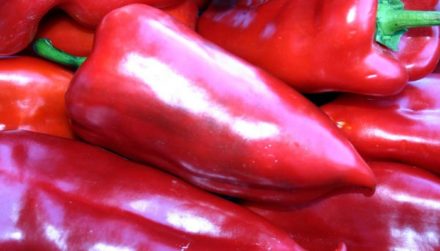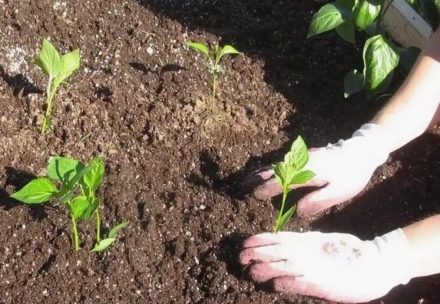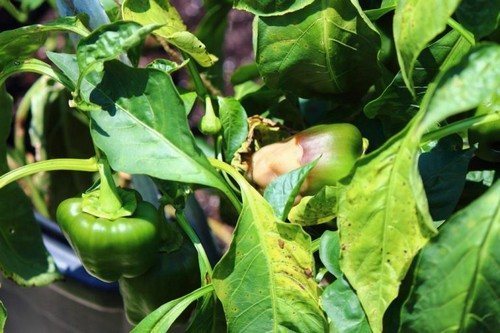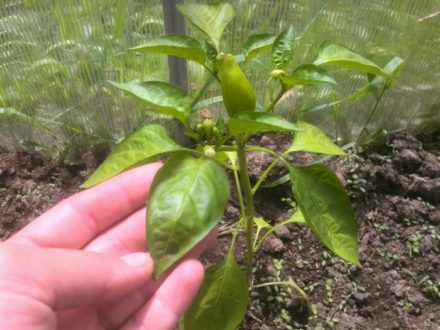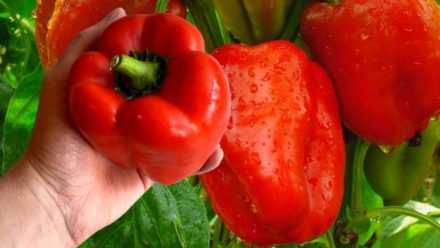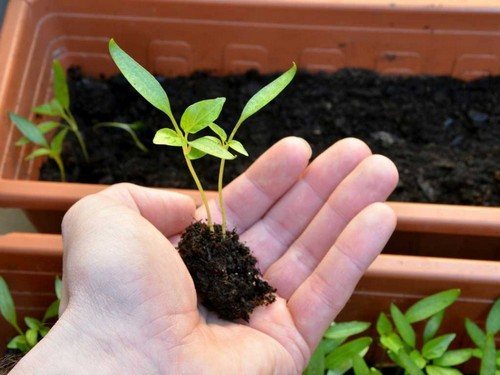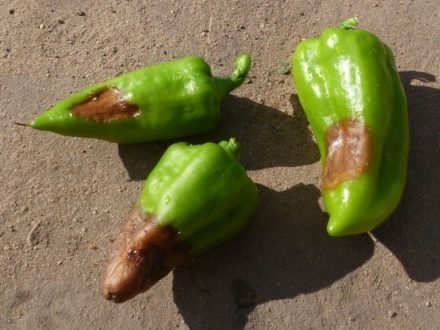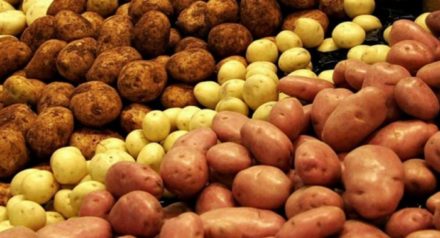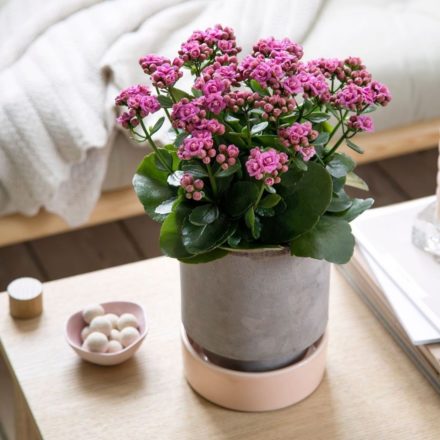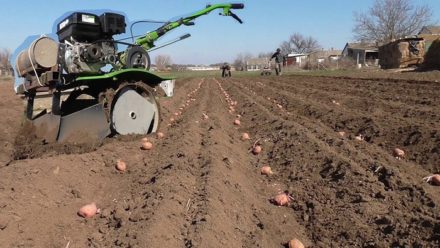Bell pepper is a very popular vegetable crop that many would like to grow in their garden. However, pepper is extremely capricious and requires special conditions. Dropping leaves may be a sign of improper care or stress after planting seedlings in open ground. In this case, fixing the problem is quite easy. It is much more dangerous if the leaves fall off due to disease.
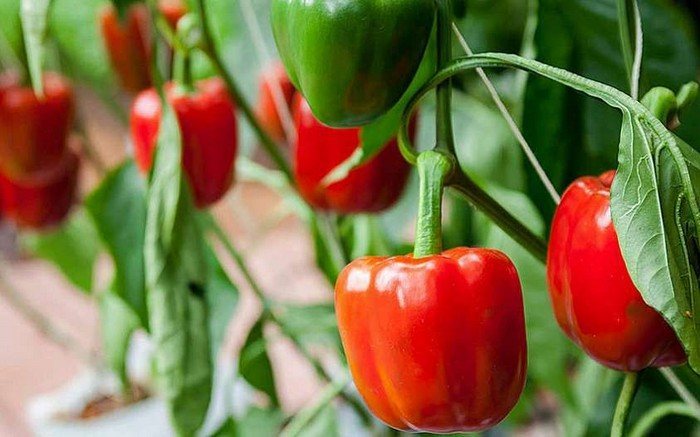
Unsuitable conditions
The most common cause of yellowing and falling leaves is improper plant care. Before planting seedlings in open ground, the following factors should be taken into account:
- lighting. Pepper is a light-loving crop and requires access to sunlight for at least 12 hours a day. In this case, the air temperature should range from +12 °C to +28 °C. The ideal site for planting peppers is one that is in partial shade and receives only indirect sunlight for most of the day;
- priming. The ideal soil for peppers is loose, neutral acidity. The crop withers if it is planted on heavy, acidic soil;
- dense planting. Pepper needs free space, so when planting seedlings in open ground, you should maintain a distance between individual bushes of at least 20 cm. By the way, when planting seedlings, the sprouts experience stress and can also shed foliage, but soon grow new ones;
- watering. Pepper loves moisture and does not tolerate drought. Not only the roots, but also the leaves need water, so it is advisable to spray the bushes regularly.It is better to water with warm water soaked in the sun - icy well water causes stress in the delicate crop.
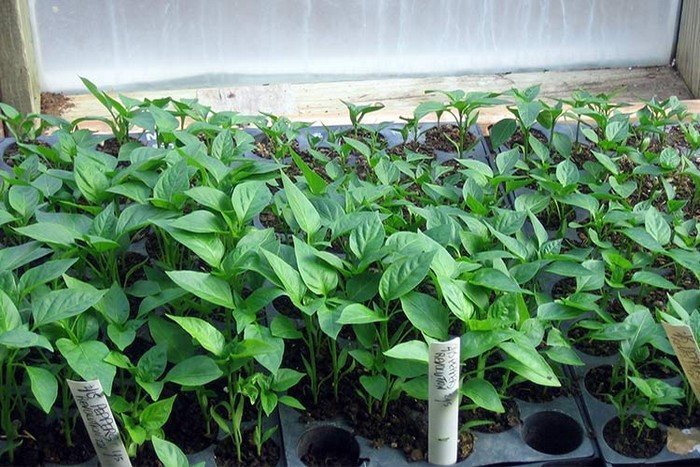
Nutrient deficiencies
Pepper bushes react so sensitively to underfeeding that by their appearance you can determine the chemical element they need most:
- with a lack of nitrogen, the leaves turn yellow and the veins on them become white;
- with a low phosphorus content in the soil, the leaves turn yellow, but the veins remain green;
- with iron deficiency, leaves fall off from the top of the bush;
- With a lack of potassium, the foliage turns yellow and curls.
Applying mineral fertilizers will quickly restore the health of the plant and promote the appearance of new foliage.
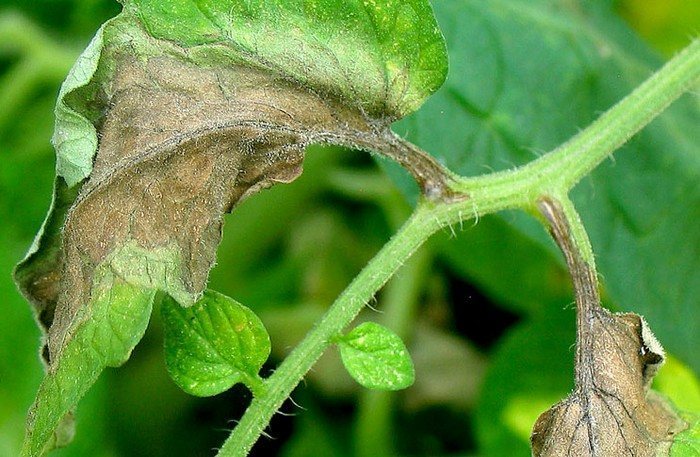
Diseases
Pepper is very sensitive to various parasites. Of the insects, it is threatened by aphids (in this case, the leaves become shiny, sticky, and a cluster of parasites can be found on the inside of the leaf blade). Whiteflies most often live in greenhouses and readily feed on pepper leaves, and spider mites are identified by the threads of cobwebs that envelop the stems. Mole crickets also like to eat peppers. To save the harvest, it is urgent to treat the beds with insecticides.
Of the diseases, late blight is the most dangerous. In this case, the foliage wilts without yellowing. Late blight cannot be cured. All infected bushes must be dug up and burned as quickly as possible.
The most important thing is to detect the problem in time. If you provide the pepper with comfortable conditions, its bushes will soon be covered with new, fresh leaves.


